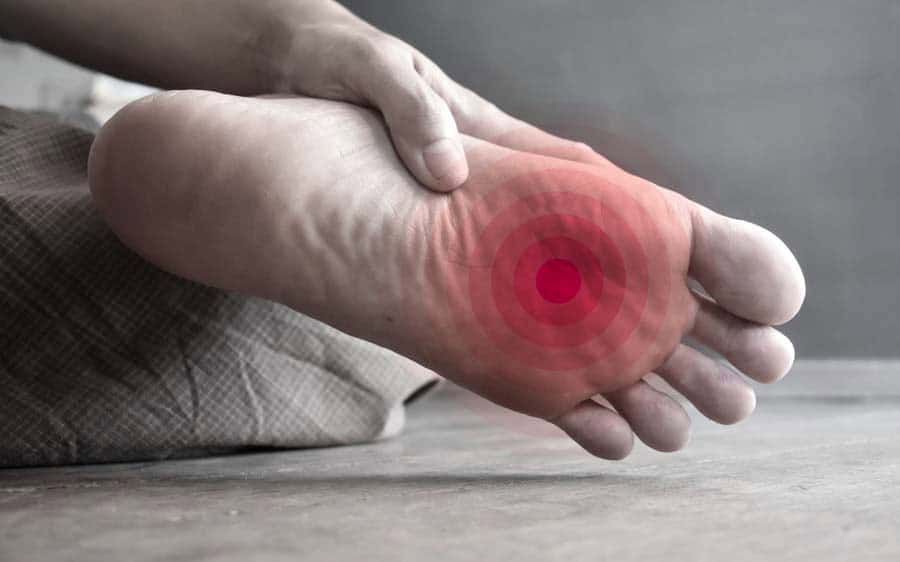Opioids and Their Role in Pain Management
Opioids are commonly used to relieve pain and shortness of breath in seriously ill people and those at the end of life. While highly effective, these drugs also cause side effects that may limit their use.
Managing Opioid Side Effects
Addiction – also called opioid use disorder – is believed by many to inevitably result from prolonged use of opioids, but this concern is unmerited when these important medications are used appropriately by experienced practitioners.
Common opioid side effects such as sedation, constipation, and nausea usually wear off within a few days of use and can be countered with other medications. For example:
- Methylphenidate (Ritalin) can reverse opioid-induced sedation.
- Opioid rotation (switching from one opioid to another) may help with delirium, restlessness, agitation, and confusion while maintaining pain relief.
Non-Opioid Pain Medications
Other, less potent but effective pain medications include:
Acetaminophen (Tylenol, APAP, etc.)
- Effective for mild to moderate pain, such as:
- Osteoarthritis
- Muscle strain or sprain
- Tension headaches
- Precautions:
- Maximum dose: 1000 mg (two extra-strength tablets) four times a day.
- Overdose risk: Can cause life-threatening liver damage at higher doses.
- Often found in combination with over-the-counter medications, requiring careful ingredient checks.
Non-Steroidal Anti-Inflammatory Drugs (NSAIDs)
- Includes ibuprofen and naproxen.
- Used for pain related to inflammation, such as:
- Rheumatoid arthritis
- Joint inflammation
- Precautions:
- Must be taken per manufacturer-recommended doses.
- Short-term use is advised to avoid stomach ulcers, bleeding, and kidney damage.
Adjuvant Medications for Pain Relief
What Are Adjuvants?
Adjuvant medications are drugs that are not primarily designed for pain relief but can help manage pain by either enhancing the effects of traditional pain medications or providing their own analgesic properties. They are especially useful for neuropathic pain, which often does not respond well to opioids alone.
How Do Adjuvants Work?
Adjuvants include medications that either:
- Have analgesic properties on their own (e.g., methadone, gabapentin, pregabalin, ketamine).
- Enhance the effects of other pain medications to improve symptom control.
Types of Adjuvant Medications
Tricyclic Antidepressants (TCAs)
Used for:
- Trigeminal neuralgia (facial nerve pain)
- Radiculopathy (sciatica, herniated disc pain)
- Phantom limb pain
- Spinal cord injury pain
- Post-stroke pain syndrome
- Temporomandibular (TMJ) joint pain
- Chemotherapy-induced neuropathic pain
Other Antidepressants (SNRIs)
Used for:
- Diabetic neuropathy
- Trigeminal neuralgia
- Post-herpetic neuropathy
- Chronic pain and fibromyalgia
- Migraine
Used for:
Anticonvulsants
- Neuropathic pain (including post-herpetic neuralgia)
- Fibromyalgia
- Phantom limb pain
- Multiple sclerosis-related pain
- Post-stroke pain
Muscle Relaxants
Used for:
- Pain associated with muscle spasms or contractures
- Common muscle relaxants:
- Tizanidine
- Cyclobenzaprine
Topical Medications
Used for:
- Localized pain relief, such as swollen, painful joints
- Common options:
- Capsaicin
- Lidocaine patches
Ketamine
- A potent tranquilizer and sedative.
- Used for:
- Refractory pain (pain that does not respond to other treatments).
- Typically administered intravenously under medical supervision but can also be given intranasally or via other routes.
Methadone
- While typically associated with opioid use disorder treatment, methadone can also be highly effective for pain relief.
- Particularly useful for:
- Patients on very high opioid doses
- Neuropathic pain
Considerations for Safe Use
While it is beyond the scope of this blog, all these agents have side effects and toxicities. Anyone using them should:
- Be informed of possible side effects by their physician.
- Carefully read printed medication guidelines provided with the drug.
Addressing Underlying Conditions That Can Worsen Pain
Pain is often worsened by underlying conditions, such as:
- Depression and anxiety
- Insomnia and poor sleep
- Post-Traumatic Stress Disorder (PTSD)
- Bipolar disorder
- Schizophrenia and other psychoses
Managing these conditions alongside pain treatment can significantly improve overall well-being.
Compassionate Pain Relief and Symptom Control
At Connecticut Hospice, we specialize in expert pain and symptom management for patients facing serious illness and end-of-life care. Our dedicated team understands that effective pain relief is essential to maintaining comfort and dignity.
Whether through outpatient care or our licensed inpatient hospital, we provide the highest level of personalized pain relief and symptom control to enhance quality of life.
Compassionate, expert pain relief is our priority. Let us help you find comfort and dignity at every stage of care.
Call us today at 203-315-7543 to learn more or schedule an appointment.







